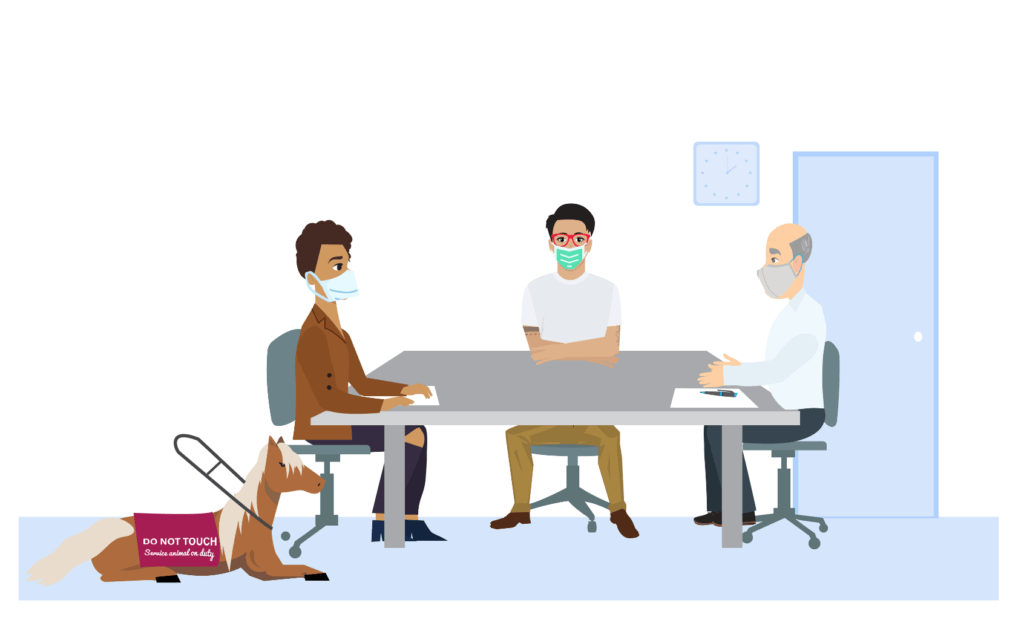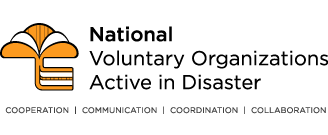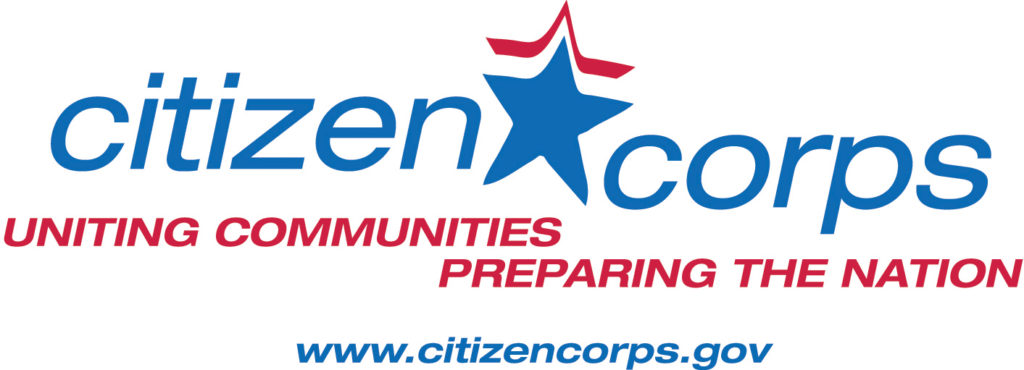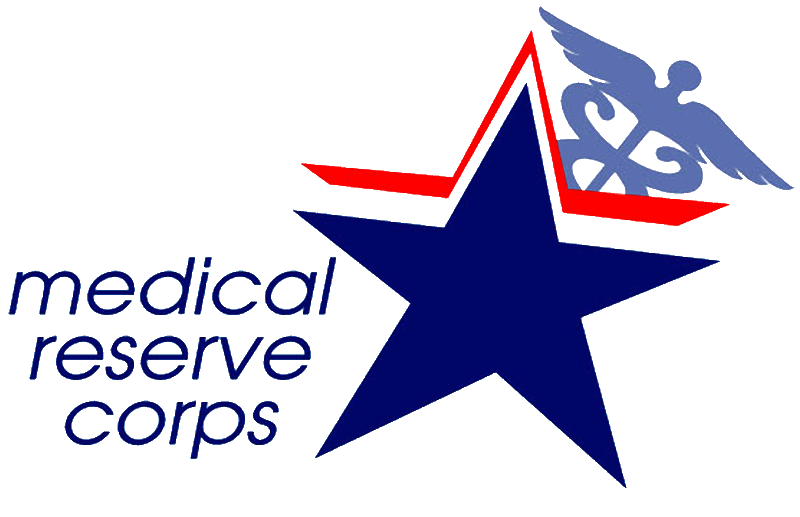Community Stakeholder Meetings _review


EM: Terrye, you’ve been here a while. You know how we work, using Prepared4ALL as our guide. We’re going to put it all together for you today and show you our Active Planning Workbook and Community Stakeholder Meeting process.
A Community Stakeholder Meeting is a tool for whole community planning. It brings together for collaboration local people with disabilities, families, support networks, disability organizations, and service providers with emergency planners, responders, and local government officials.
At a Community Stakeholder Meeting, stakeholders:
– Find gaps and areas of strength related to people with disabilities
– Discuss the local emergency plan and emergency response practices (which may not be written in the plan)
– Think of strategies and make an action plan to build on strengths and close the gaps. A Community Stakeholder Meeting takes time, planning, and coordination. But the benefits can be big: sharing information, expertise and resources, legal compliance, and building a stronger community.
? Terrye, think about a community’s emergency plan and some gaps that you might find in a local plan. What are some physical access, program access and effective communication gaps you might find?
EM’s Response
Every Community Stakeholder Meeting to date has found gaps in these three areas. Here are examples of the kinds of gaps a Community Stakeholder Meetings might identify:
♿ Physical Access:
– Aisles wide enough for people using wheelchairs, walkers, and white canes to easily move through
– The accessible path through the COVID-19 emergency dispensing site
?????Program Access:
– Equitable access to COVID-19 vaccines
– Accessible evacuation transportation 4ALL
?Effective Communication:
– Signage is easy to read and understand
– More than one way to share information
-COVID-19 communication is 4ALL
It’s about having the right people at the same place at the same time.
Here’s an example of something that happened at a Massachusetts Community Stakeholder Meeting a couple of years ago. The people at the meeting felt that the town needed extra wheelchairs for natural disasters. They thought that people might be hurt or might lose their adaptive equipment. They were trying to figure out where they could find the budget for those wheelchairs. The Council on Aging director was at the meeting. She let everyone know her office had extra wheelchairs and offered them for town emergency use. She even offered to store them until needed.
At another real-life Community Stakeholder Meeting the partners identified the need for an accessible local government website. A local government official mentioned a tech company that had asked how they could help the community. The official turned the company away. He didn’t know what to ask the company for! The group urged a return call to the tech company to ask for help making the website accessible.
Problems solved. No extra cost!
The Community Stakeholder Meeting deepens community knowledge and expertise. Community Stakeholder Meetings may encourage community members and organizations to become more active locally.

PJ: At some point during each Community Stakeholder Meeting meeting, there is an “Aha!” moment that happens to help move the group from identifying gaps to gap-closing strategies.
? Community Stakeholder Meeting participants work as a group to ask and answer questions like:
– Do we understand local disability community emergency needs? Have we addressed CMIST and functional and access needs in our plan?
– Where are our plan’s areas of strength?
– Does our plan or response practice have any gaps or areas for improvement related to the emergency needs of people with disabilities?
– What are the priority gaps we want to address?
– What are strategies for closing the gaps? How should we implement those strategies?

Carrie: What? You’re wondering where this Community Stakeholder Meeting idea came from? And what about the workbook guide?
The Community Stakeholder Meetings come from a FEMA-funded project that was developed at the E.K. Shriver Center, University of Massachusetts Medical School. When the FEMA funding ended, the project continued. Community Stakeholder Meetings were held in approximately 21 Massachusetts towns, cities and one county. All of the Community Stakeholder Meetings were successful. Participants found at least five gaps in each local emergency plan, and some communities found more. They also found areas of strength in the local emergency plans and response practices. Using the workbook as a guide, all the communities made an action plan to close the gaps they found.

PJ: So, you wonder, how often do we hold Community Stakeholder Meetings? Who do we invite?
We hold Community Stakeholder Meetings one to two times a year. Each meeting lasts about three hours. Like EM said, the best Community Stakeholder Meetings happen when lots of different people contribute. Ideally, a Community Stakeholder Meeting results in sharing resources, information, and expertise. These meetings are focused meetings that require all attendees to work together collaboratively. Community Stakeholder Meetings address disasters, pandemics, and emergencies—they are not designed to voice other community concerns.
???The people at Disasterville’s Community Stakeholder Meetings include:
– EM, the local emergency manager and me, the public health preparedness planner
– Carrie, our local ADA coordinator
– Several other local government staff like the representatives from the Council on Aging, Human Services Department, and Public Works Department
– The Prepared4ALL Action Team who you met on your second visit here. (There may already be a community coalition in your community. If there is one, ask to join it.)
– Representatives from disability organizations (including staff, Board Members and/or program participants)
– Representatives from community organizations like the local food pantry, houses of worship, social service organizations, volunteer organizations, etc. (including staff, Board Members, and/or program participants).
? Terrye, think about your community. What are some organizations to invite to a Community Stakeholder Meeting? Who are some key people to invite?
PJ’s Response
There are no right or wrong answers here, Terrye. The group should be as diverse as possible. Think creatively about whom to invite. Community Stakeholder Meetings make the most of the strengths and resources that already exist in the community. To do that we need to extend broad invitations to folks who might not immediately spring to mind.
There is no ideal number of participants. As a working meeting there need to be enough people for discussion, but not so many that work can’t get done. Too many people can mean that it’s hard to be efficient. So sometimes we hold a larger meeting first and then later a smaller follow-up meeting.
A planning meeting before the Community Stakeholder Meeting is also helpful. This way you can set the stage and make sure the meeting will be 4ALL.

EM: Here are some other organizations to think about inviting, in addition to the Action Team and disability and other community organizations in local emergency planning.
Access and Functional Needs Coordinators

Some states, counties, or cities have Access and Functional Needs Coordinators. If your community has a Coordinator, then there may already be an emergency planning community coalition. Contact the Coordinator. You know Carrie as the Americans with Disabilities Act (ADA) Coordinator here in Disasterville, but she also plays the role of Access and Functional Needs Coordinator during emergencies, disasters and pandemics.
Emergency Planning Community Coalition

Some communities may already have these coalitions. Community Organizations Active in a Disaster (COADs) and Voluntary Organizations Active in Disaster (VOADs) are voluntary organizations that may serve this function.

These groups may also be called “Community Advisory Groups.” Rather than re-inventing the wheel, Prepared4ALL Action Teams should partner.
Local Voluntary Responders

Your community may have a Medical Reserve Corps (MRC), Community Emergency Response Teams (CERT), or Citizens Corps Program (CCP). These are groups of volunteer responders.

The groups may be natural allies with many interested volunteers.

For example, Connecticut reports approximately 100 CCP teams (including an MRC consisting of about 4,000 people).
Assistant Secretary for Preparedness and Response (ASPR) Regional Health Care Coalitions (HCCs)

ASPR formed regional hospital and health care coalitions within states. While these coalitions focus mainly on health care, your regional coalition may have an interest in partnering. Find your ASRP region.
FEMA Regional Disability Integration Cadre

Each of FEMA’s 10 regions has Disability Integration Specialists. They may help you access other networks. They may also have helpful resources.
In addition to being thoughtful about who to invite to a Community Stakeholder Meeting, it’s important to have enough time to follow the workbook guide and talk during the meeting. It’s the discussion that’s the important part of each meeting.
Now we’ve got to get ready for the next Community Stakeholder Meeting. It’s coming up soon…
